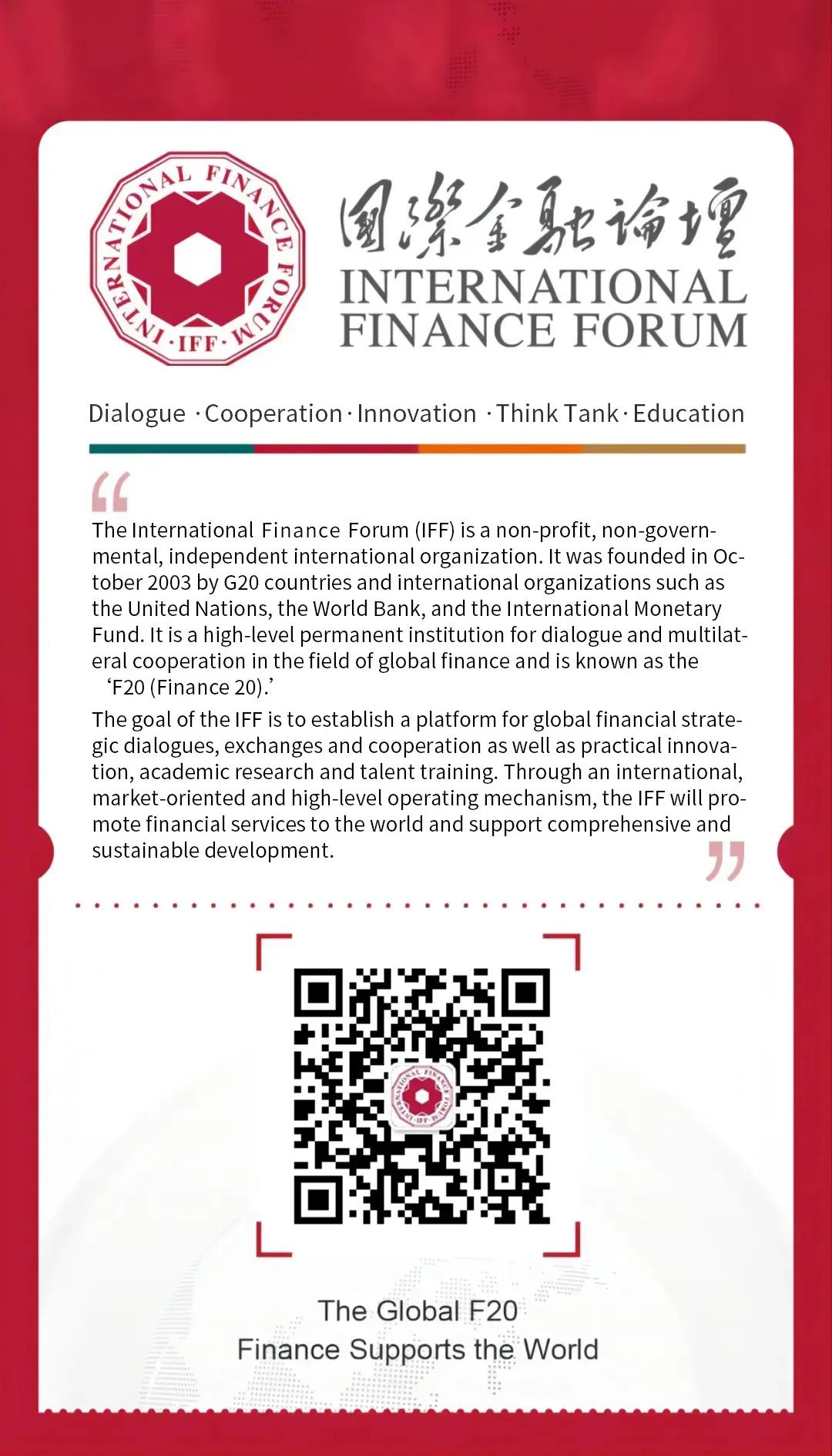HOME>NEWS CENTER>Newsletters
IFF Newsletter | China Expands Service Pilot Amid Protectionism
TIME:2025-04-25
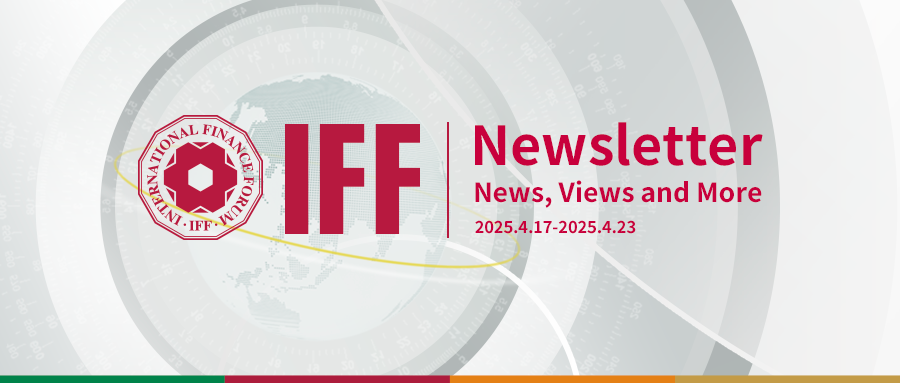
From the Editor
China has expanded a related pilot program by incorporating nine cities, including Shenzhen, a first-tier city in southern Guangdong province. This move demonstrates that China continues to push for the further opening-up of its service sector amid growing global trade protectionism, according to a work plan issued by the Ministry of Commerce on April 18.
The majority of the newly added cities are located in the eastern coastal areas. They are Ningbo in Zhejiang province, Qingdao in Shandong province, Dalian in Liaoning province, and Xiamen and Fuzhou in Fujian province. Besides, Suzhou in Jiangsu province, which is adjacent to Shanghai, Hefei in eastern Anhui province, and Xi'an in western Shaanxi province have also been included in the program.
U.S. President Donald Trump’s trade war will badly dent the global economy and has raised the risk of a financial crisis, the International Monetary Fund warned on April 22.
On the latest World Economic Outlook (WEO), the IMF slashed its global growth forecast for 2025 to 2.8 percent from 3.3 percent at its last quarterly update in January. The trade war will also remain a drag on growth next year, it said while cutting its growth forecast to 3 percent from 3.3 percent.
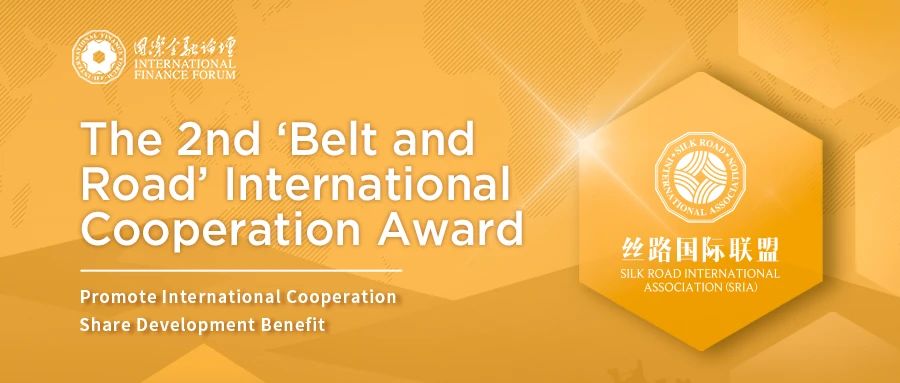
To advance international cooperation under the Belt and Road Initiative and support the achievement of the UN Sustainable Development Goals, the International Finance Forum (IFF) and the Silk Road International Association (SRIA) jointly launched the 'Belt and Road' International Cooperation Award in 2024. The award honors organizations and projects worldwide that promote connectivity, trade, innovation, and inclusive development aligned with the Belt and Road’s five-pronged approach. The second edition of the award officially opens for global applications on April 18, 2025, with a deadline of August 15. Winners will be announced at the IFF Annual Meeting in November 2025.
Join the global call for the 2nd 'Belt and Road' International Cooperation Award — Applications open from April 18 to August 15, 2025.
The 31st IFF Academic Workshop Successfully Convened: What’s Next for the Global Economy, the Crypto Frontier, and the Future of the Bretton Woods Institutions?
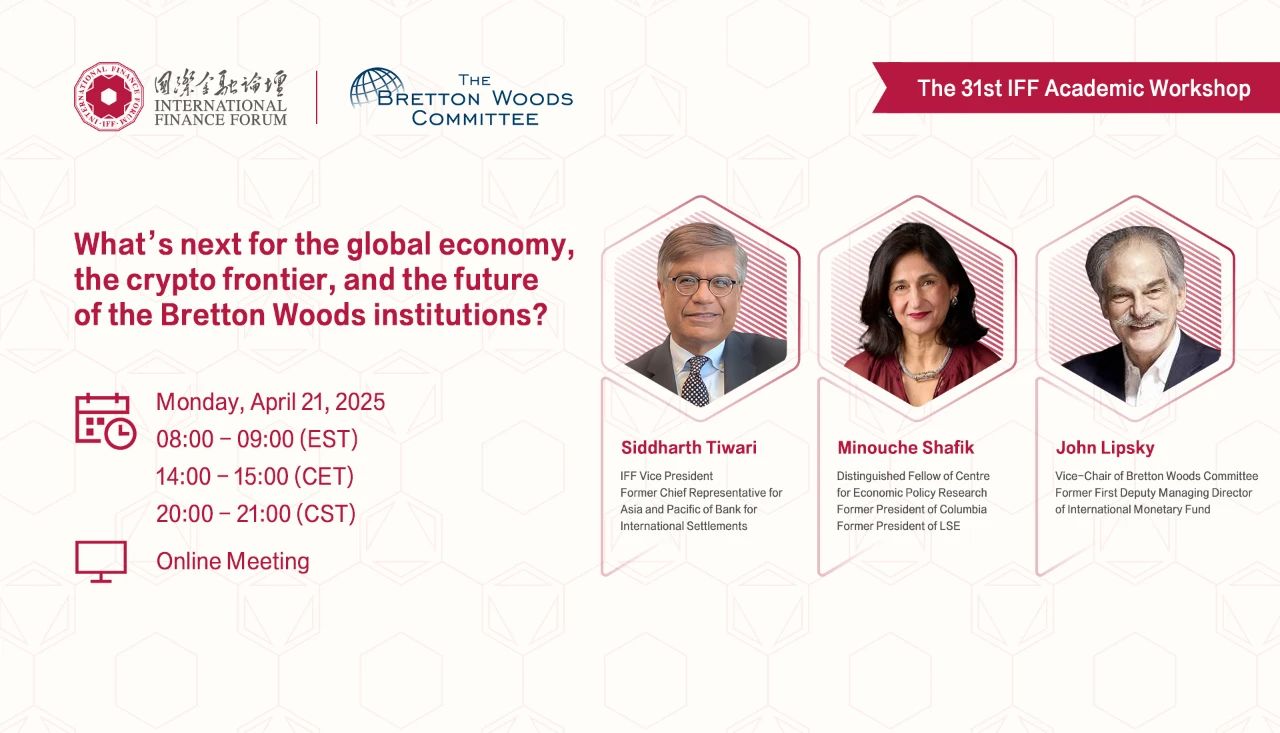
This academic workshop took place on the eve of the 2025 Spring Meetings of the World Bank Group and the International Monetary Fund (IMF). The event was chaired by Siddharth Tiwari, IFF Vice President and Former Chief Representative for Asia and the Pacific of the Bank for International Settlements.
IFF Releases Part Two of the Global AI Competitiveness Index: Analyzing AI Competitiveness From the Research Innovation Perspective

China's Foreign Exchange Market Reports Steady Operations in Q1
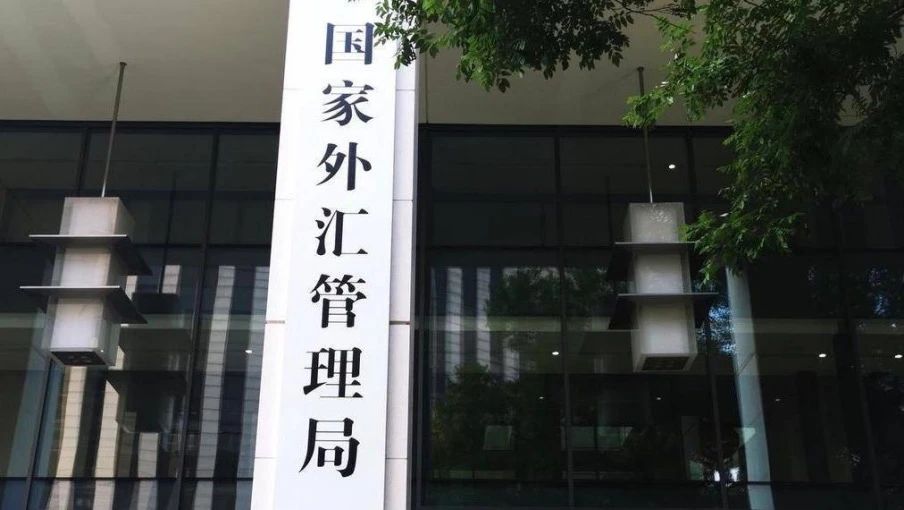
The State Administration of Foreign Exchange said on April 22 that China's foreign exchange market had generally stable operations in the first quarter of 2025 despite increased volatility in international financial markets.
Li Bin, deputy head of the administration, said that in the first quarter, the country's net inflow of cross-border capital from the trade of goods totaled 206.3 billion U.S. dollars, registering rapid year-on-year growth.
Additionally, foreign holdings of domestic bonds increased by a net total of 26.9 billion dollars from February to March, Li said.
As of April 21, the onshore RMB spot exchange rate against the U.S. dollar stood at 7.288, appreciating by 0.1 percent from the end of 2024. The two-way fluctuation of the RMB exchange rate is a normal market movement, which also reflects the support provided by underlying economic fundamentals, he said.
Shanghai Unveils New Action Plan to Boost Cross-Border Finance, BRI Support

China will take more steps to further facilitate cross-border financial services in Shanghai by leveraging the municipality's role as an international financial center, according to a plan jointly issued on April 21 by the central bank, the Shanghai municipal government, and other financial authorities.
The plan outlines 18 key measures, including improving cross-border settlement efficiency, strengthening the hedging of foreign exchange risks, and enhancing the insurance sector's services for export companies.
China will further optimize the management and operation of foreign exchange business, and encourage corporate groups to establish fund pools in Shanghai to achieve efficient onshore management and use of global funds.
The country will also promote financial institutions to enhance their capacity to provide digital services, and support them to improve services for enterprises to expand abroad by leveraging technologies such as blockchain.
China Adds Nine Pilot Cities to Expand Service Sector Opening-Up
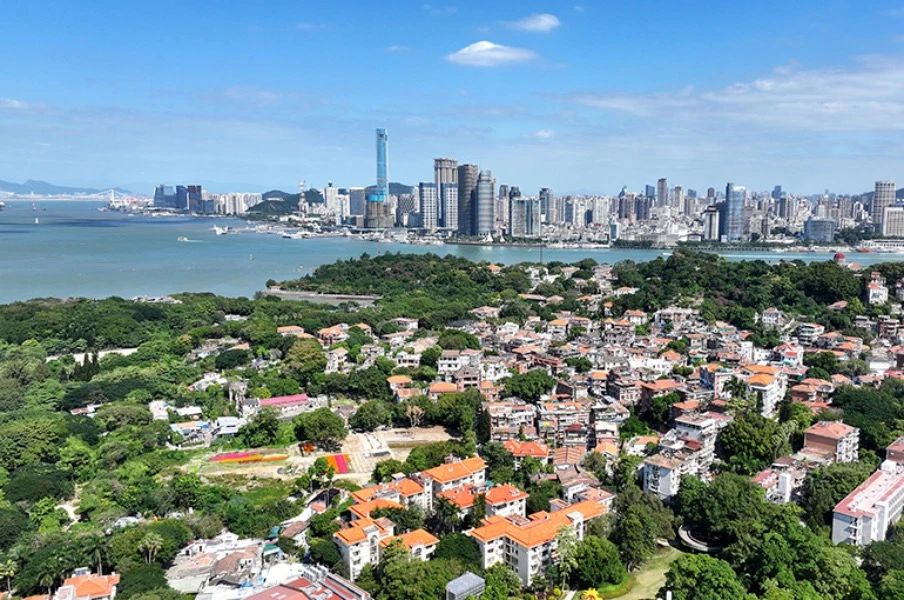
China continues to promote the further opening-up of its service sector despite rising global trade protectionism by adding nine cities, including the first-tier city of Shenzhen in southern Guangdong province, to a relevant pilot program, according to a work plan released by the Ministry of Commerce on April 18.
Most new additions are eastern coastal cities: Ningbo in Zhejiang province, Qingdao in Shandong province, Dalian in Liaoning province, and Xiamen and Fuzhou in Fujian province. Additionally, Suzhou in Jiangsu province, which neighbors Shanghai, Hefei in eastern Anhui province, and Xi'an in western Shaanxi province, was included.
Since 2015, China has been promoting the opening-up of the service sector, with Beijing as the first pilot city, followed by the country's other three municipalities of Shanghai, Tianjin, and Chongqing, as well as southern Hainan province in 2021. The cities of Guangzhou, Hangzhou, Chengdu, Nanjing, Shenyang, and Wuhan were added last year.
In addition to expanding the program's scope, the new plan also proposes 155 pilot tasks covering a variety of fields, including telecommunication services, the digital industry, medical and health care, finance, as well as commerce, culture, and tourism.
China to Further Open Telecom Sector to Foreign Investment, MIIT Official Says

China will continue to open up its telecommunications sector by advancing pilot programs for value-added services and exploring ways to further expand foreign access, with the aim of attracting more qualified overseas firms to invest and operate in the country’s telecom sector, an official from the Ministry of Industry and Information Technology said on April 18.
China’s telecom sector is opening up more and more, said Xie Cun, director general of the MIIT's Information and Communications Development Department. In the first quarter, China gave the greenlight to 13 foreign-invested companies to run pilot programs for value-added telecom services, and the government is actively encouraging overseas firms to invest more in China. By the end of March, over 2,400 foreign-backed telecom companies were operating in China, a jump of 26.5 percent from the year before.
The MIIT will strengthen its international collaborations with the EU, South Korea, India, and other regions on the development of 6G, he added.
China's FDI Inflow Rises 13.2 Pct in March
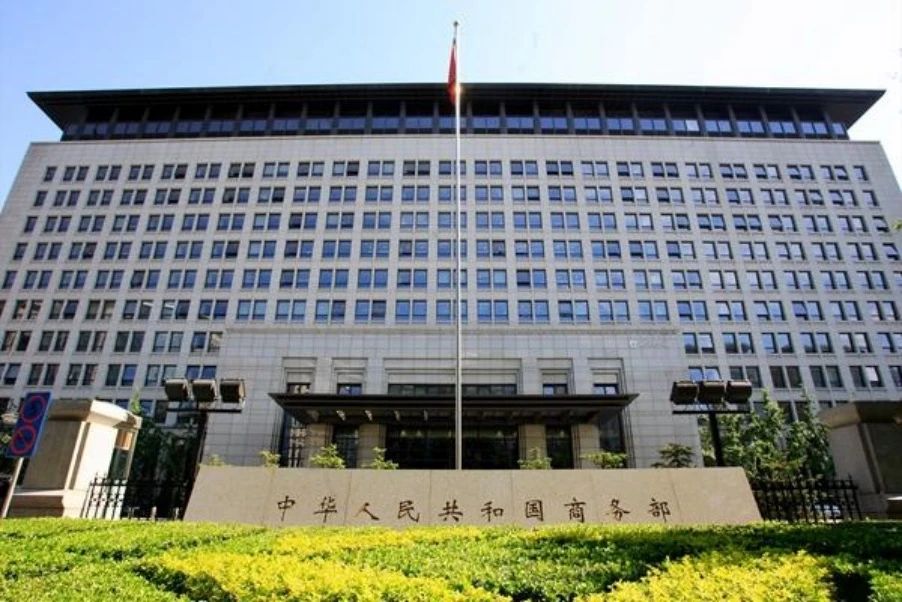
China's foreign direct investment (FDI) inflow saw marginal recovery in March, in contrast to a decline seen in the first three months, according to the data released on April 18 by the Ministry of Commerce.
FDI in the Chinese mainland in actual use climbed by 13.2 percent year on year last month, the ministry said in a statement. In the first three months, FDI inflow totaled 269.2 billion yuan (about 37.35 billion U.S. dollars), down 10.8 percent year on year.
During the January-March period, 12,603 new foreign-invested enterprises were established nationwide, representing a year-on-year growth of 4.3 percent, the ministry said.
In breakdown, actual use of FDI in the manufacturing and services industries during the three months stood at 71.51 billion yuan and 193.33 billion yuan, respectively.
China's General Public Budget Spending up 4.2 Pct in Q1

China's general public budget spending rose 4.2 percent year on year to 7.2815 trillion yuan (about 1.01 trillion U.S. dollars) in the first quarter of the year, according to data released by the Ministry of Finance on April 18.
Notable growth was observed in spending on education, social security, and employment, as well as energy-saving initiatives and environmental protection during the period.
Data showed that China's general public budget revenue decreased by 1.1 percent year on year to 6.0189 trillion yuan in the first three months of the year.
Despite the decline, the country's stamp tax revenue saw a substantial increase of 21.1 percent year on year, reaching 107.5 billion yuan. Revenue from stock trading stamp taxes surged by 60.6 percent from the previous year to 41.1 billion yuan, reflecting heightened enthusiasm in Chinese stock trading during the period.
Newsletter
International News
S. Korea's Consumer Sentiment Improves in April
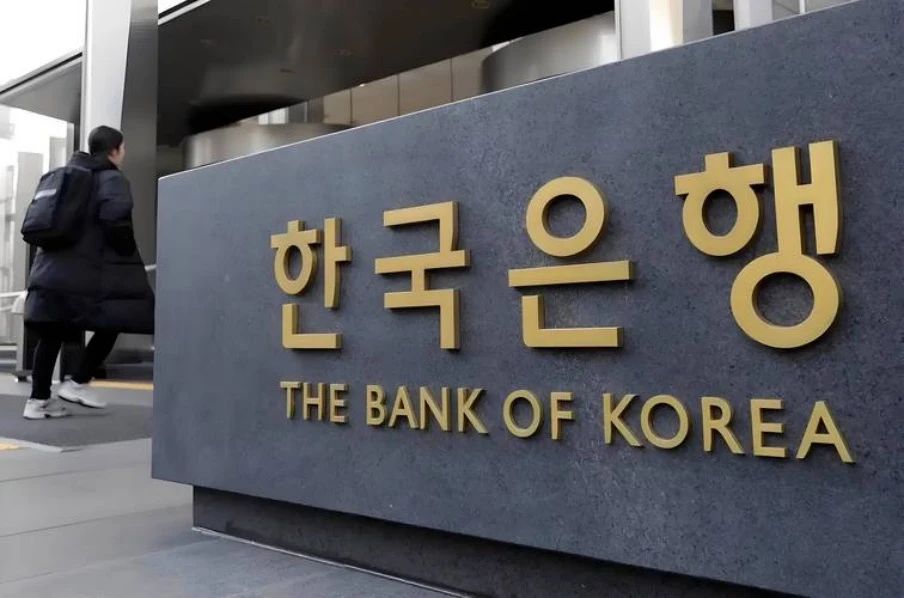
South Korea's consumer sentiment improved in April owing to the alleviated political uncertainty at home, central bank data showed on April 23.
The composite consumer sentiment index (CCSI), which gauges the sentiment of consumers over economic situation, rose 0.4 points from a month earlier to 93.8 in April after sliding 1.8 points in the previous month, according to the Bank of Korea (BOK).
The rebound came on the back of the mitigated political uncertainty at home that offset the lingering uncertainties, such as the U.S. tariffs imposition and the delayed recovery in domestic demand.
The sub-index for the current economic situation declined 3 points to 52 in April compared to the previous month, but the index for economic outlook advanced 3 points to 73.
IMF Downgrades Global Growth Forecast to 2.8 Pct in 2025 Amid Increased Tariffs
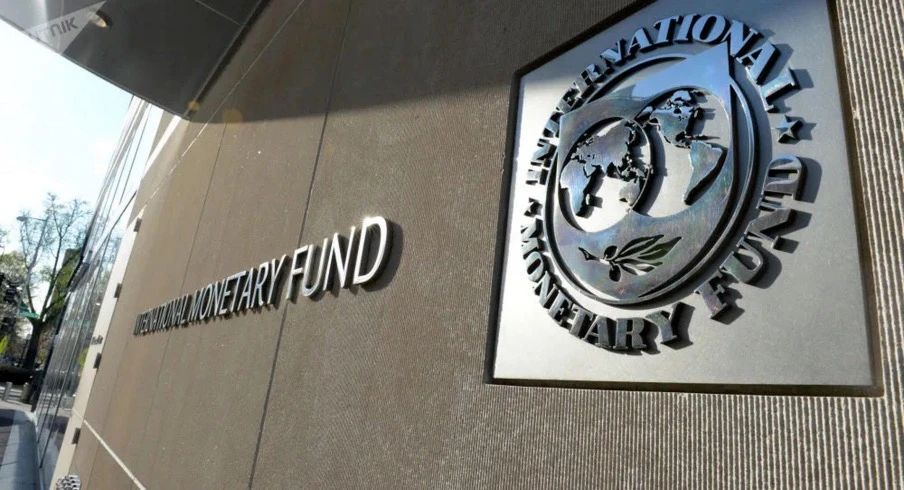
The International Monetary Fund (IMF) on April 22 downgraded its global growth forecast in 2025 to 2.8 percent, a hefty 0.5 percentage point decrease from its January projection, according to the latest World Economic Outlook (WEO).
"Since the release of the January WEO Update, a series of new tariff measures by the United States and countermeasures by trading partners have been announced and implemented, ending up in near-universal U.S. tariffs on April 2 and bringing effective tariff rates to levels not seen in a century," the report said.
Under the reference forecast that incorporates information as of April 4, global growth is projected to drop to 2.8 percent in 2025 and 3 percent in 2026 -- down from 3.3 percent for both years in the January WEO Update, and much below the historical (2000-2019) average of 3.7 percent, according to the latest WEO.
Growth in the United States is expected to slow to 1.8 percent, 0.9 percentage points lower relative to the projection in the January WEO Update due to "greater policy uncertainty, trade tensions, and softer demand momentum," the report noted.
Euro area growth is projected at 0.8 percent in 2025, 0.2 percentage points lower than the January forecast.
Growth in advanced economies is projected to be 1.4 percent in 2025, while in emerging markets and developing economies, growth is expected to slow down to 3.7 percent in 2025.
Japan Maintains Economic Outlook Amid US Trade Policy Risks

Japan's Ministry of Finance on April 22 maintained its overall economic assessment, stating that the country's economy is recovering moderately despite some weaknesses.
The assessment, unchanged since July 2022, is based on a quarterly review of regional economic conditions across the country.
While private consumption is gradually recovering, the ministry noted the effects of rising prices as consumers continue to shift toward more affordable alternatives due to strong cost-saving tendencies.
Production activity remains on a path to recovery, albeit at a slower pace. However, concerns have been raised about the potential impact of U.S. tariff policies.
Employment conditions are slowly improving, but businesses continue to face acute labor shortages.
Looking ahead, the ministry expects a moderate recovery supported by improving employment and income environments, while warning of increasing downside risks due to U.S. trade policies.
Trump Signals Tariff Cuts on China, No Intention to Fire Fed Chair
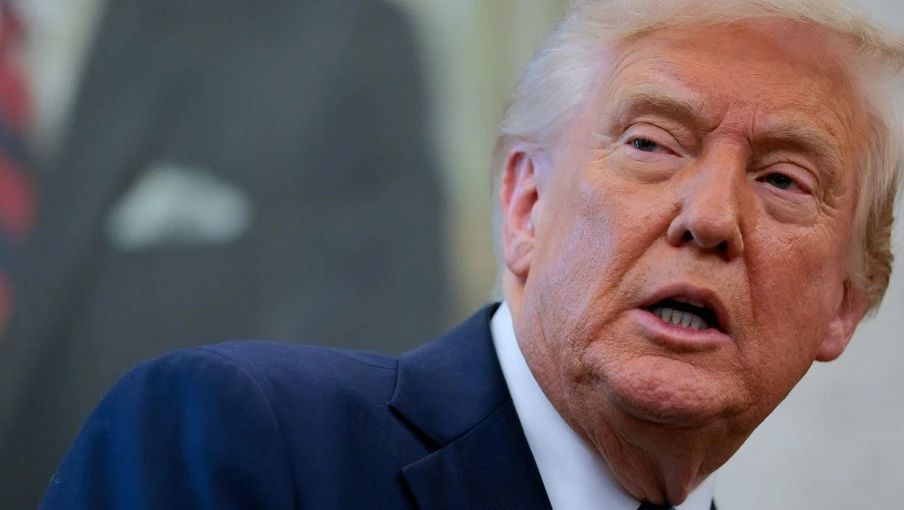
U.S. President Donald Trump signaled a potential U-turn on his trade war with China on April 22. He said the high tariffs on Chinese goods would “come down substantially, but it won’t be zero.” He also expressed no intention of firing Federal Reserve Chair Jerome Powell and urged Powell to lower interest rates.
“145% is very high and it won’t be that high,” Trump said during a question-and-answer session with reporters in the Oval Office. “It won’t be anywhere near that high. It’ll come down substantially. But it won’t be zero.”
“I have no intention of firing him. I would like to see him be a little more active in terms of his idea to lower interest rates,” Trump said.
This marks a shift in tone following Trump's sharp criticism of Powell on Thursday and his remarks suggesting he had the authority to fire Powell. Just a day before, Trump posted on Truth Social, calling Powell "Mr. Too Late, a major loser" and urging the Fed to cut interest rates immediately to prevent a looming economic slowdown.
ECB Lowers Interest Rates by 25 Basis Points

Following the ECB's adjustment, the deposit facility rate and the interest rate on the main refinancing operations will drop to 2.25 percent and 2.4 percent, respectively, while the marginal lending facility rate will be reduced to 2.65 percent.
The ECB said the disinflation process remains on track but warned of increased uncertainty fueled by escalating trade tensions, which are clouding the economic outlook.
On the same day, ECB President Christine Lagarde said during a press conference that "downside risks to economic growth have increased," as a major escalation in global trade tensions and the associated uncertainty will likely lower euro area growth by dampening exports. It may also drive down investment and consumption, she said.
It is the seventh time that the ECB has lowered key interest rates since it embarked on a cycle of rate cuts in June last year. A total of 175 basis points has been knocked off the three key interest rates, which were lifted to their highest points by September 2023.
German Companies Plan Job Cuts as Economic Pressures mount, IW survey

More than a third of German companies are planning to reduce their workforce in 2025, according to a survey by the German Economic Institute (IW) released on April 18, as the number of unemployed people in the country edges toward the three million mark for the first time in a decade.
The survey, which polled more than 2,000 companies, pointed to sustained pessimism in the industrial and construction sectors, despite some signs of resilience in the service sector.
Germany has been the only G7 economy to experience stagnation over the past two years. With new U.S. tariffs, economists warn that the country could face an unprecedented third straight year of recession in its post-war history.
The export climate had already deteriorated by the time the survey was conducted, with business expectations dropping to their lowest level since the 2008 global financial crisis by the end of 2024, and the fact that the Trump administration is currently imposing tariffs on global trade is exacerbating challenges for German industry, the survey noted.
